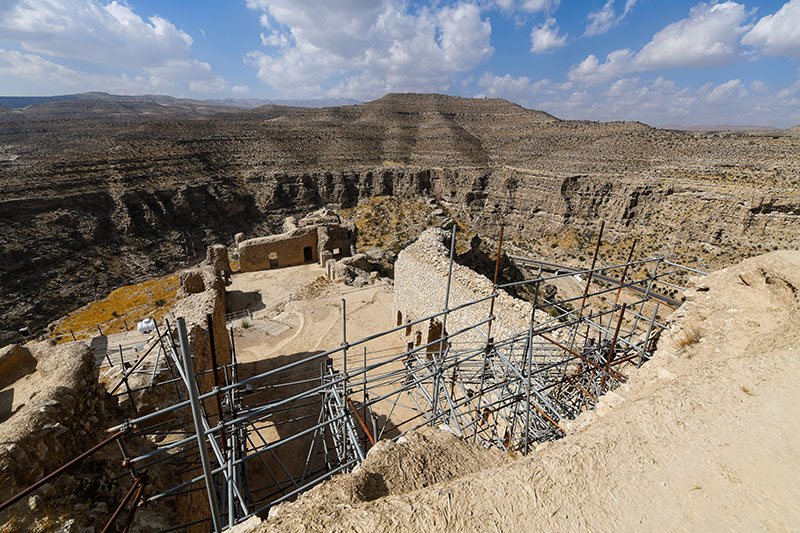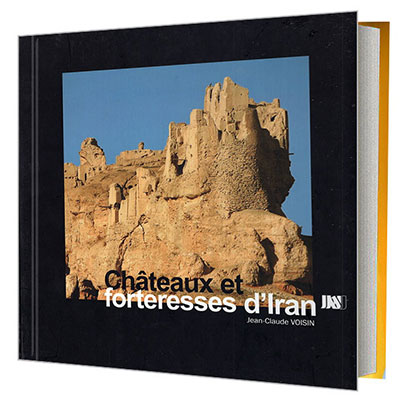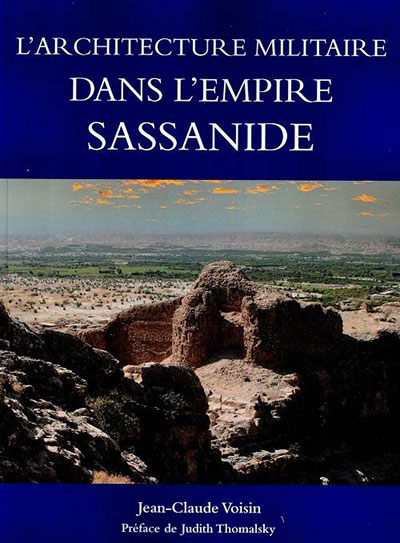Of all the historical architectures of Iran, that of the fortresses, often thousands of years old, has undoubtedly been the least studied. The Frenchman Jean-Claude Voisin, author of numerous works, is one of the rare researchers to have produced in-depth studies of a remarkable heritage (Châteaux et forteresses d’Iran, Téhéran, Alhoda, 2014 ; L’architecture militaire dans l’Empire sassanide, Dijon, Centre de castellologie de Bourgogne, 2023).

The imposing Sassanid fortress of Qal’eh-ye Dokhtar, in the province of Fars (3rd century). Photograph: ©Patrick Ringgenberg.

